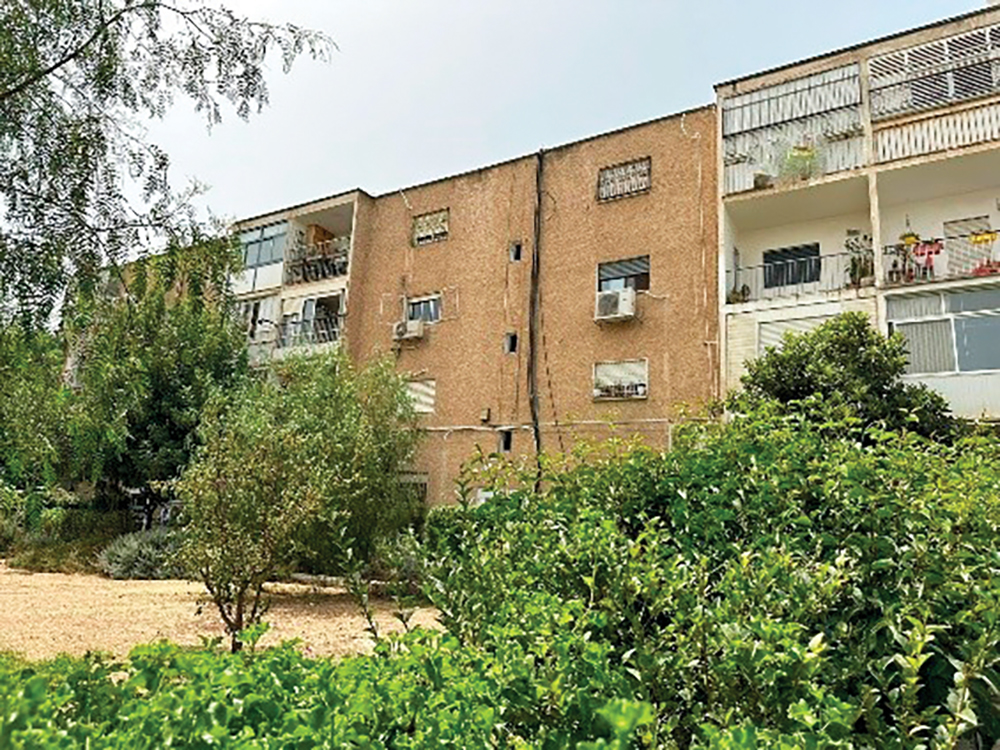
Israel’s population is expected to double in the coming decades, yet the country is already facing a severe housing shortage. To meet the current demand alone, Israel would need to deliver the keys to 200,000 apartments. This raises a pressing question: where can tiny Israel, which is no larger than the state of New Jersey, find enough land for development?
One important solution is to increase residential and business centers, primarily in the south. Several organizations are actively working on this, and progress is being made. But for those who want to live in Israel’s major population centers, the most viable solution is Pinuy Binuy — a large-scale urban renewal program that replaces outdated, low-density buildings with modern high-rise apartments.
Many of Israel’s older neighborhoods are filled with low-rise buildings spread across large plots of land. These buildings, built in the early decades of the state, lack basic amenities such as elevators and parking. Worse, they were built according to outdated safety standards and are not earthquake resistant. With land scarce and demand soaring, urban planners and developers have turned to Pinuy Binuy as a smart way to make better use of space while improving housing quality.
Pinuy Binuy involves evacuating (pinuy) and demolishing old buildings, then rebuilding (binuy) modern, high-density residential towers in their place. It upgrades aging communal infrastructure while dramatically increasing the number of apartments. Owners of the original apartments are typically offered temporary housing during construction and receive new larger apartments in the redeveloped project — at no additional cost.
Despite its clear advantages, Pinuy Binuy is a long and complex process, facing significant bureaucratic and logistical hurdles. Israeli law requires two-thirds of apartment owners to agree to the project, which takes time to achieve. Then there’s the municipal bureaucracy: zoning approvals, environmental impact studies and infrastructure adjustments take years to approve. By the time a project receives the necessary approvals, buildings are vacated, and construction is completed, the entire process can take over a decade.
A critical factor is whether the surrounding infrastructure can support a growing population. Higher-density housing brings increased pressure on roads, schools and public services, making careful urban planning essential. A prime example of this approach is the redevelopment of Talpiot, adjacent to Baka and Arnona. The Jerusalem municipality has approved a master plan to transform the area into a dynamic urban hub, adding thousands of new residential units along with office, retail, cultural and educational spaces. A key element of this transformation is the expansion of Jerusalem’s light rail system, which will feature four new lines running through Talpiot, complemented by improved roadways to enhance connectivity within the city and beyond.
As Israel’s population continues to grow, so will the pressure to add housing in urban centers. The success of Pinuy Binuy depends on cutting bureaucratic red tape, streamlining approvals and ensuring that infrastructure development keeps pace with new construction.
In a country where land is one of its most valuable resources, the question is not whether Israel should build upwards, but how to do it most effectively. Pinuy Binuy presents a viable path forward, but its long-term success relies on close collaboration between government agencies, developers and the public. If executed properly, it can meet Israel’s housing needs while fostering well-planned, livable communities for future generations.
Gedaliah Borvick is the founder of My Israel Home, a real estate agency focused on helping people from abroad buy and sell homes in Israel. To sign up for his monthly market updates, contact gborvick@gmail.com. Please visit his blog at www.myisraelhome.com.









